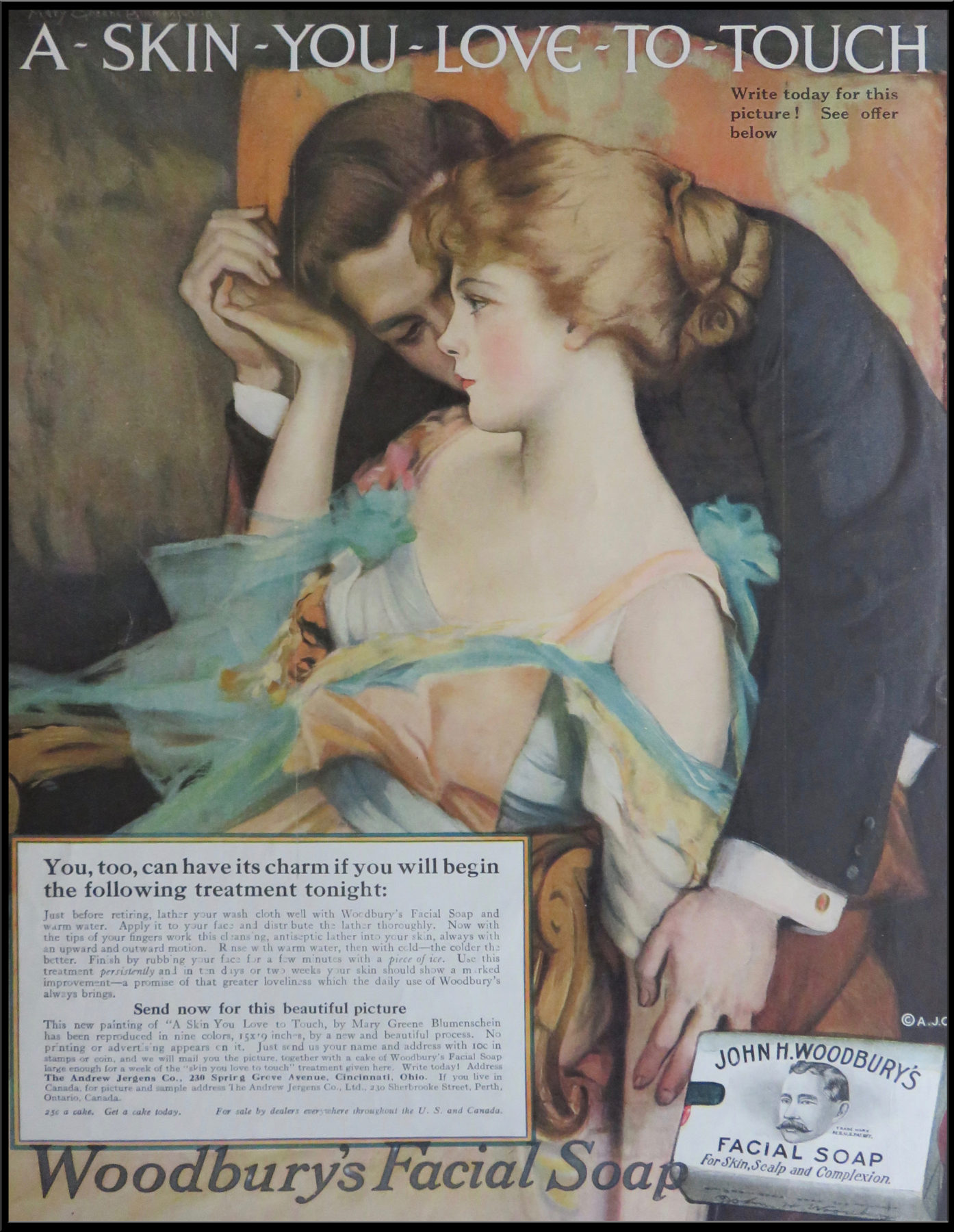Last summer, I listened to an old sales training by a guy named Fred Herman. Says Fred:
“I believe every sale sort of funnels down this way. You need to have a product or a service. You need to have a customer, of course, to talk to. Then you need to find out what his dominant buying motive is. And then the picture he will buy will drop right out the bottom of the funnel, because people don’t buy products or services, they buy pictures of the end result of that product or service, playing a part in their life.”
This echoes something that the great Robert Collier wrote a hundred years ago in his Letter Book:
“Thousands of sales have been lost, millions of dollars worth of business have failed to materialize, solely because so few letter-writers have that knack of visualizing a proposition — of painting it in words so the reader can see it as they see it.”
And of course, if you need something a bit more modern, there’s negotiation coach Jim Camp, who summed it up in his pithy and dramatic way:
“No vision, no decision.”
“Sure sure,” you say. “Words, words, more words. I need pictures though! Isn’t that what you’re trying to sell me on?”
All right, let’s see if you can picture this:
Yesterday, I told you about Albert Lasker and Claude C. Hopkins.
Lasker, who ran the biggest and most powerful ad agency in the US, wanted Hopkins to come and work for him.
Problem was, Hopkins 1) didn’t want to be in advertising any more and 2) had made millions and didn’t need to work ever again.
Lasker asked Hopkins to meet for lunch at an upscale restaurant.
He played to Hopkins’s vanity, pulling out several pages of typewritten copy for a major new client, the best copy he had been able to get written by the best copywriters out there, which just wasn’t good enough to be submitted.
He made Hopkins an “easy yes” proposition — “just write three ads for us so we can submit it to this one client.”
Crucially — and this is really the picture-within-the-picture I want to give you — Lasker didn’t offer Hopkins any money to take the job.
After all, what’s money gonna do for Hopkins? He’s already got enough.
Instead, as the dessert arrived, Lasker told Hopkins to send his wife to the car dealer so she can pick out whatever car she likes, and Lasker would pay for it.
A bit of backstory:
1. Hopkins’s wife wanted an electric car (crazy thing is, those existed in 1907).
2. Hopkins, though a multimillionaire, was cheap and couldn’t part with the money to buy his wife the electric car. This was causing… tension at home.
You might think, what’s the difference between getting paid outright and getting paid via a free car for your wife?
In theory, no difference.
In practice, all the difference in the world.
And so it is with your prospects and customers too.
You might be promising them money.
That works some of the time. But what works all the time is to promise people what they really want. And that, like old Fred says up top, is a picture of the end result of what they are buying, playing a part in their life.
Of course, that takes some research on your part. Lasker had to do some scheming and digging to find out that Hopkins’s wife wanted an electric car and that Hopkins was too cheap to buy it for her, and that this was the most pressing problem in his life right now. But that’s what made Hopkins yield, “as all do, to Lasker’s persuasiveness.”
And that’s it. That’s all I got for you.
I have nothing to sell you today, at least nothing wonderfully expensive the way I would like.
But if you want more stories that can buy you a car, featuring Claude C. Hopkins and Albert Lasker, can find a couple in my original 10 Commandments book.
I’ve shipped off the new 10 Commandments book to several trusted readers and I am waiting, my cheeks red from holding my breath, for their feedback so I can integrate said feedback and hit publish on Amazon.
Meanwhile, if you still haven’t read the original 10 Commandments, you can find them all waiting for you here:

